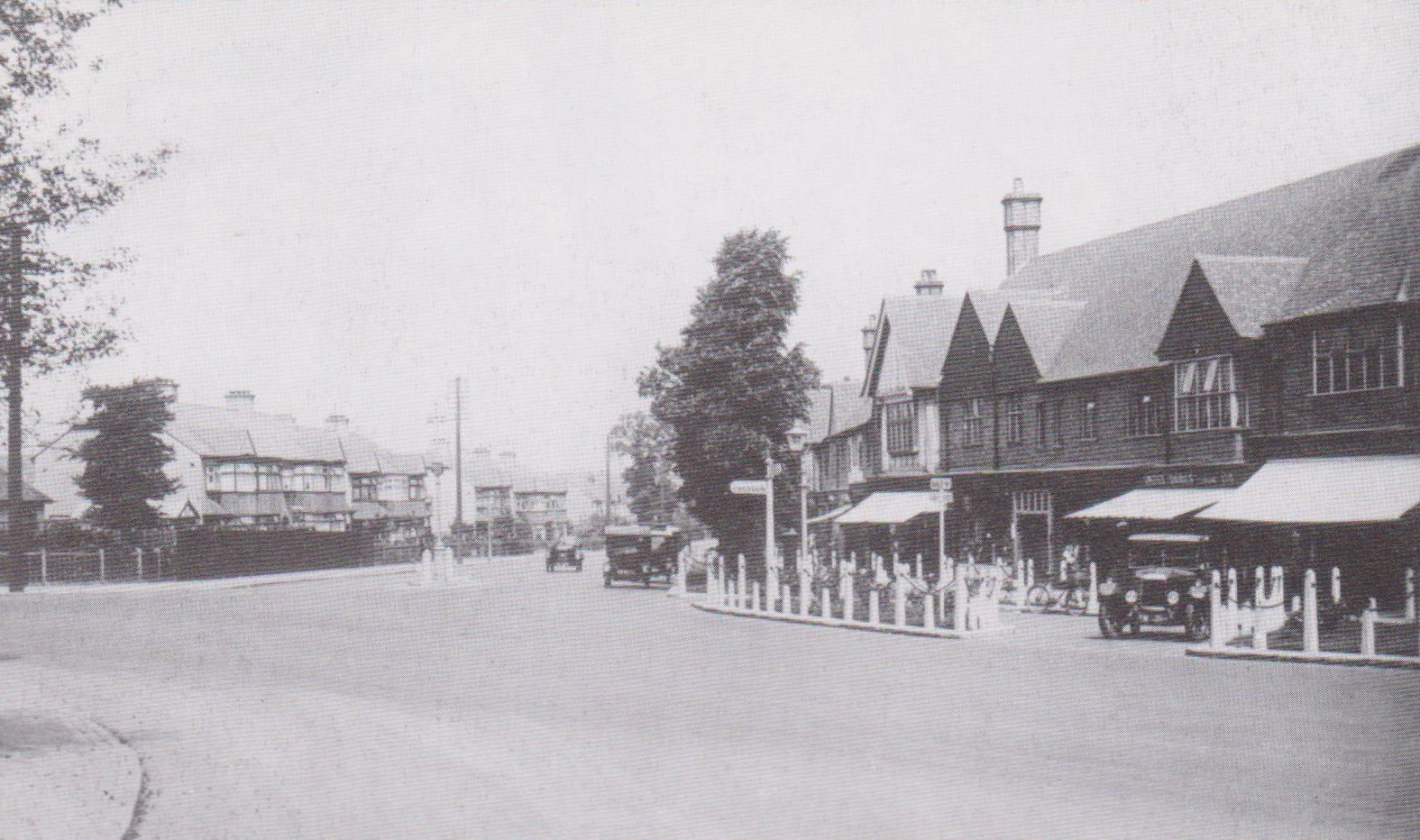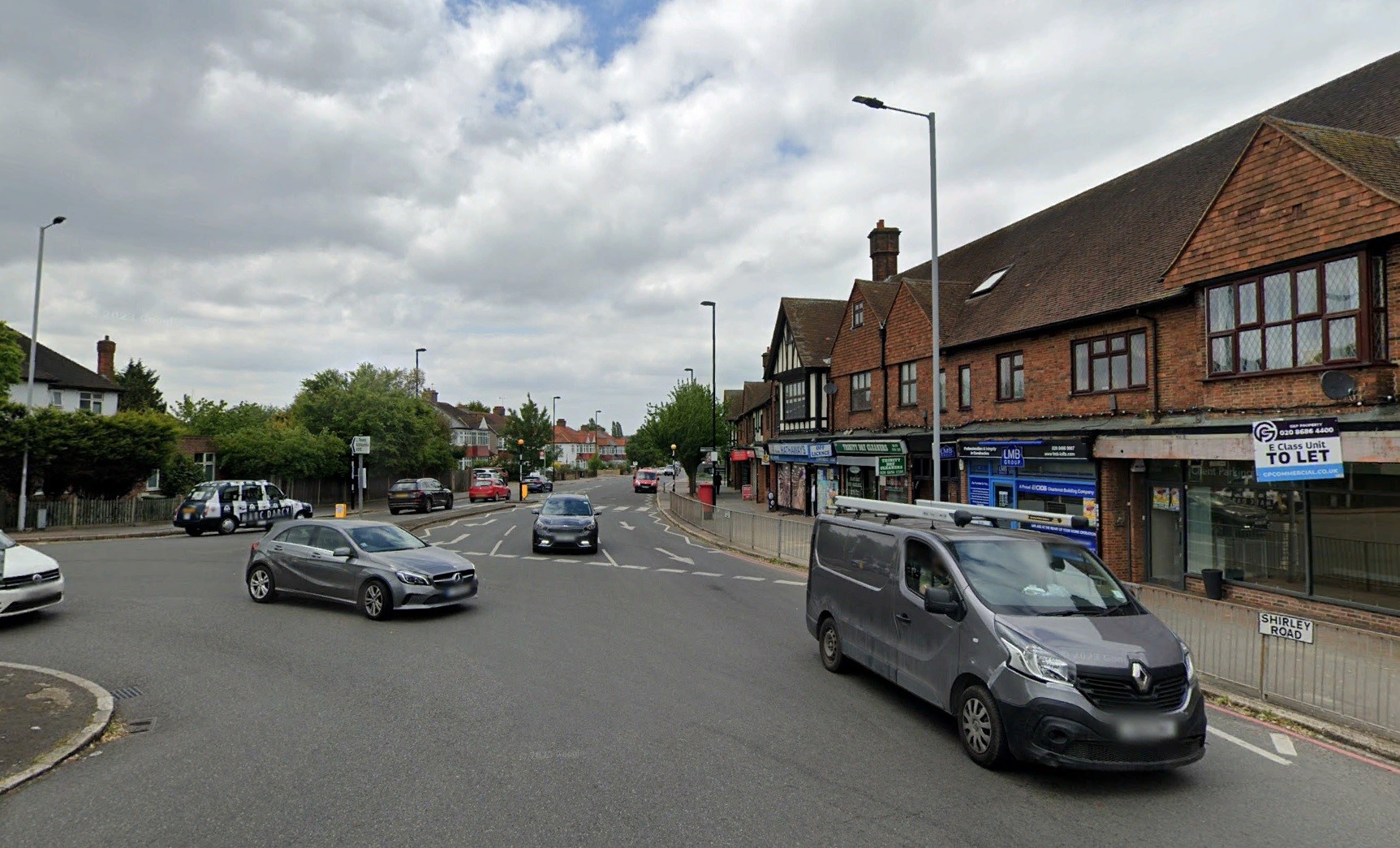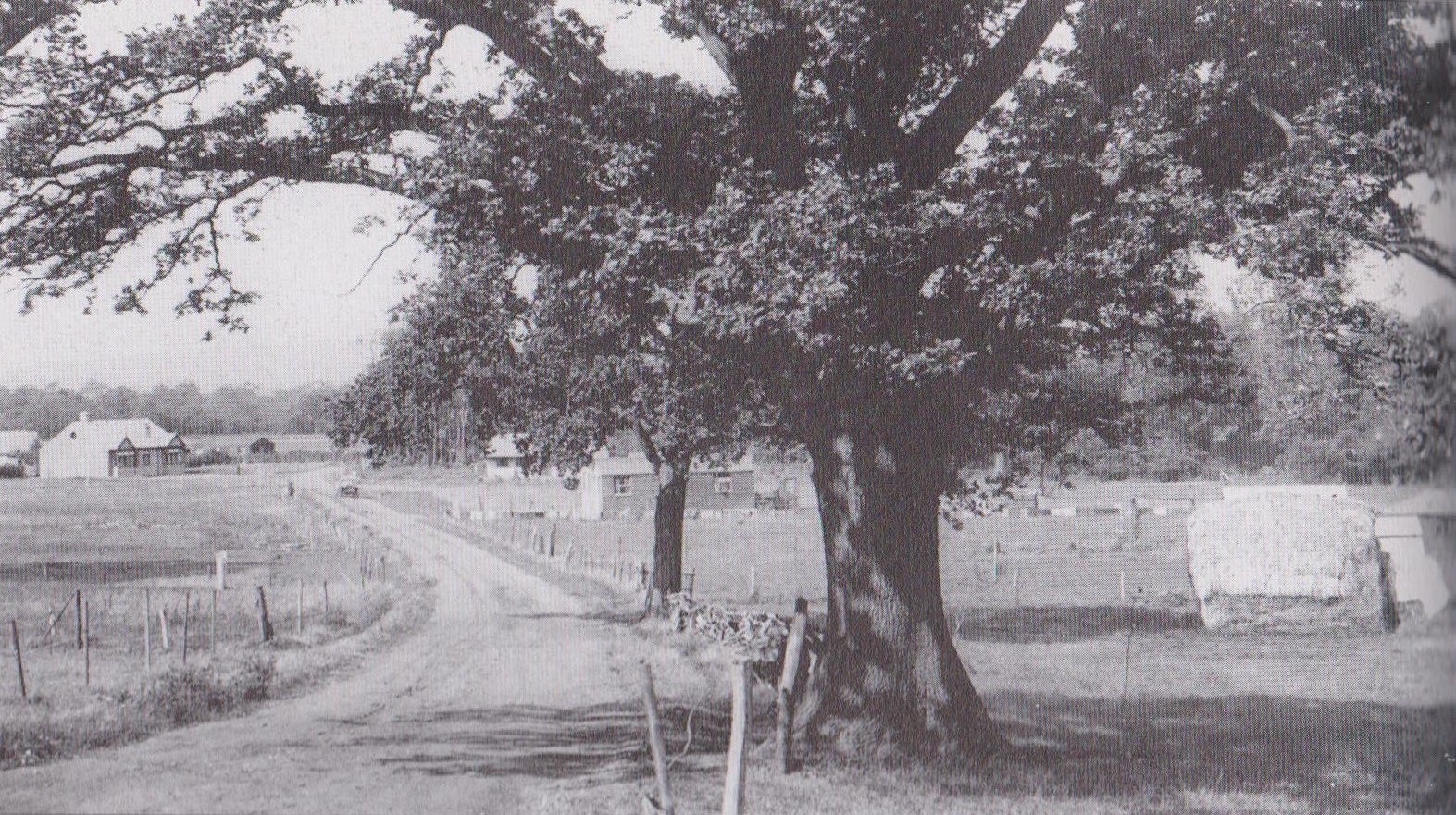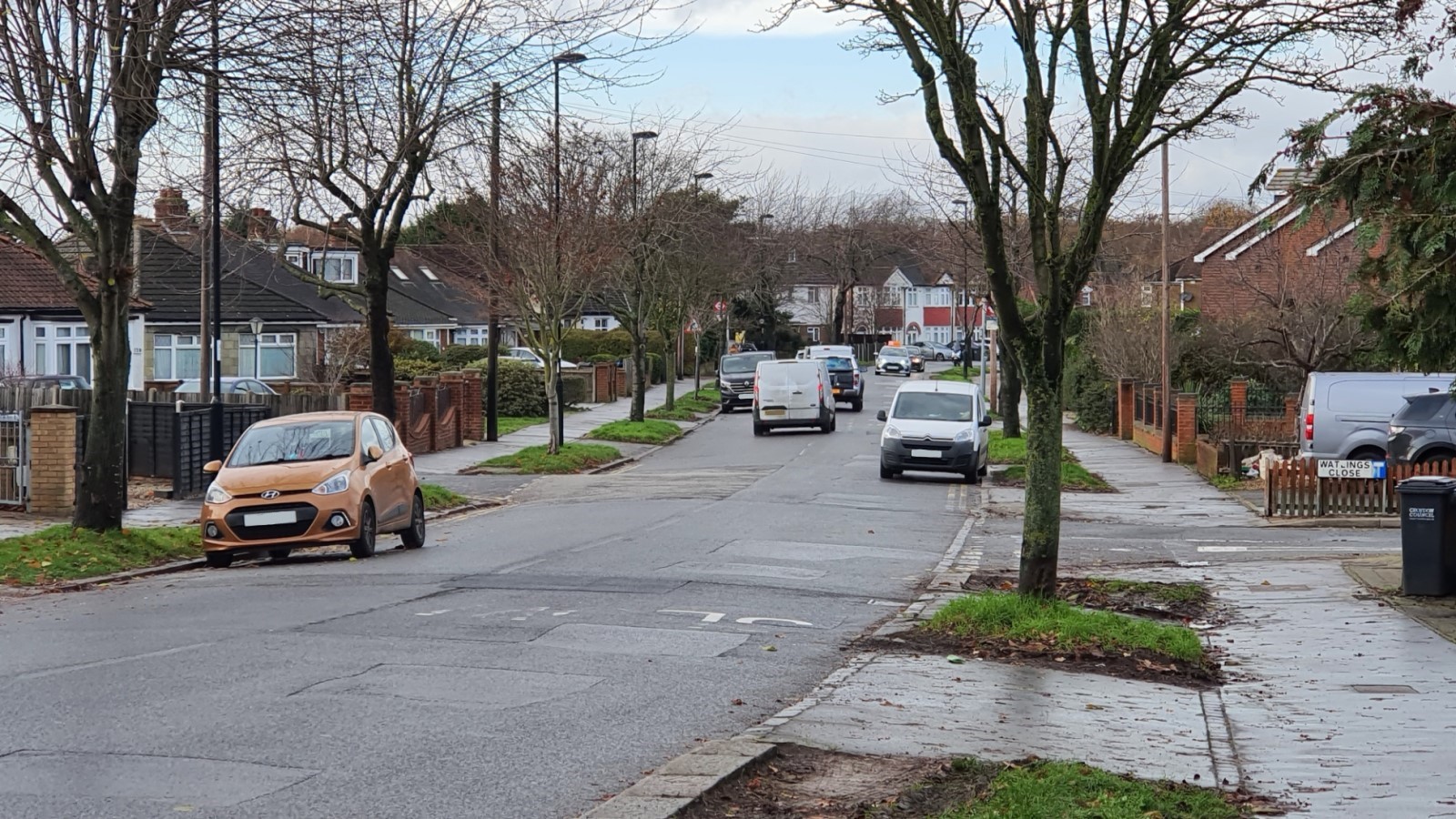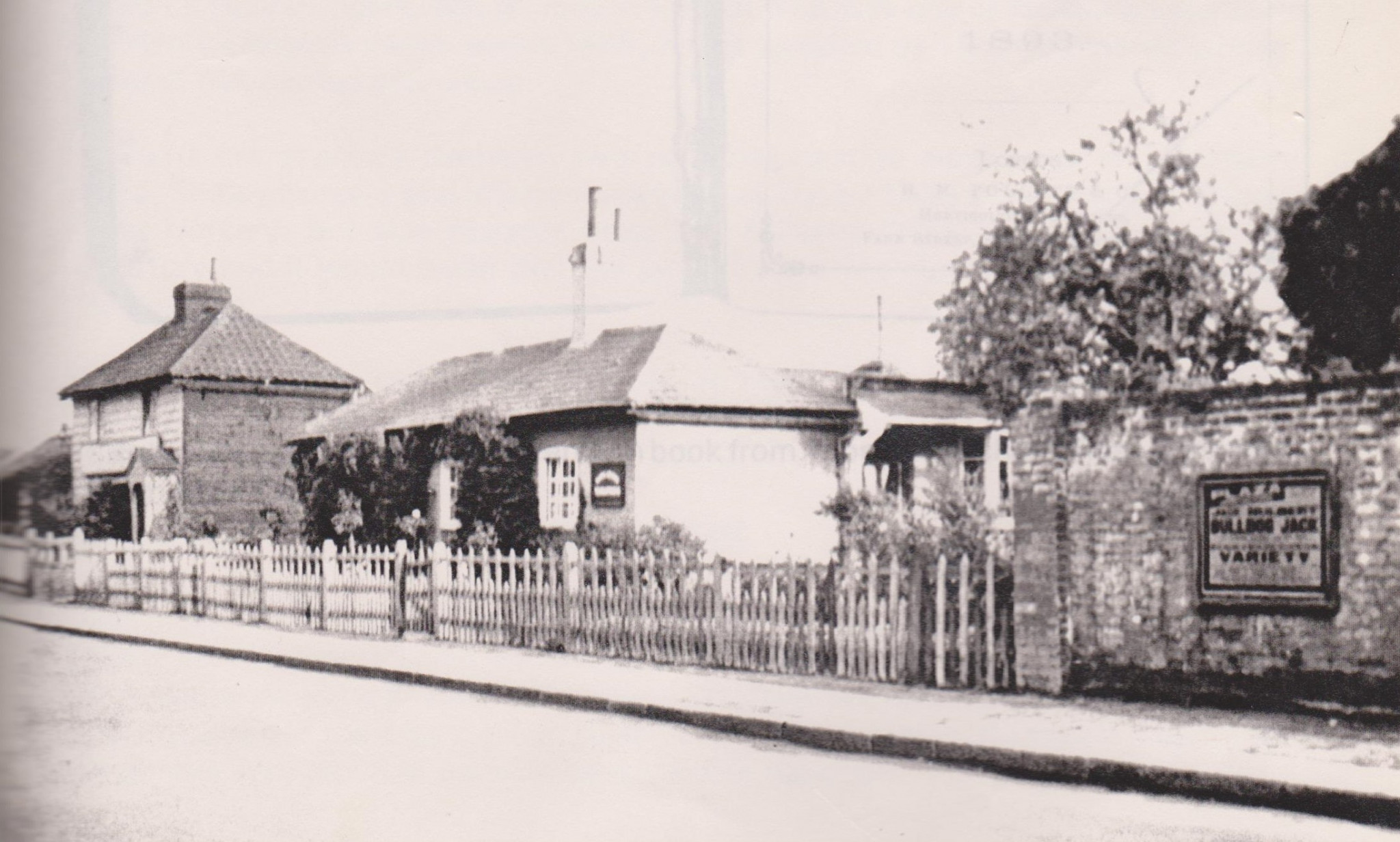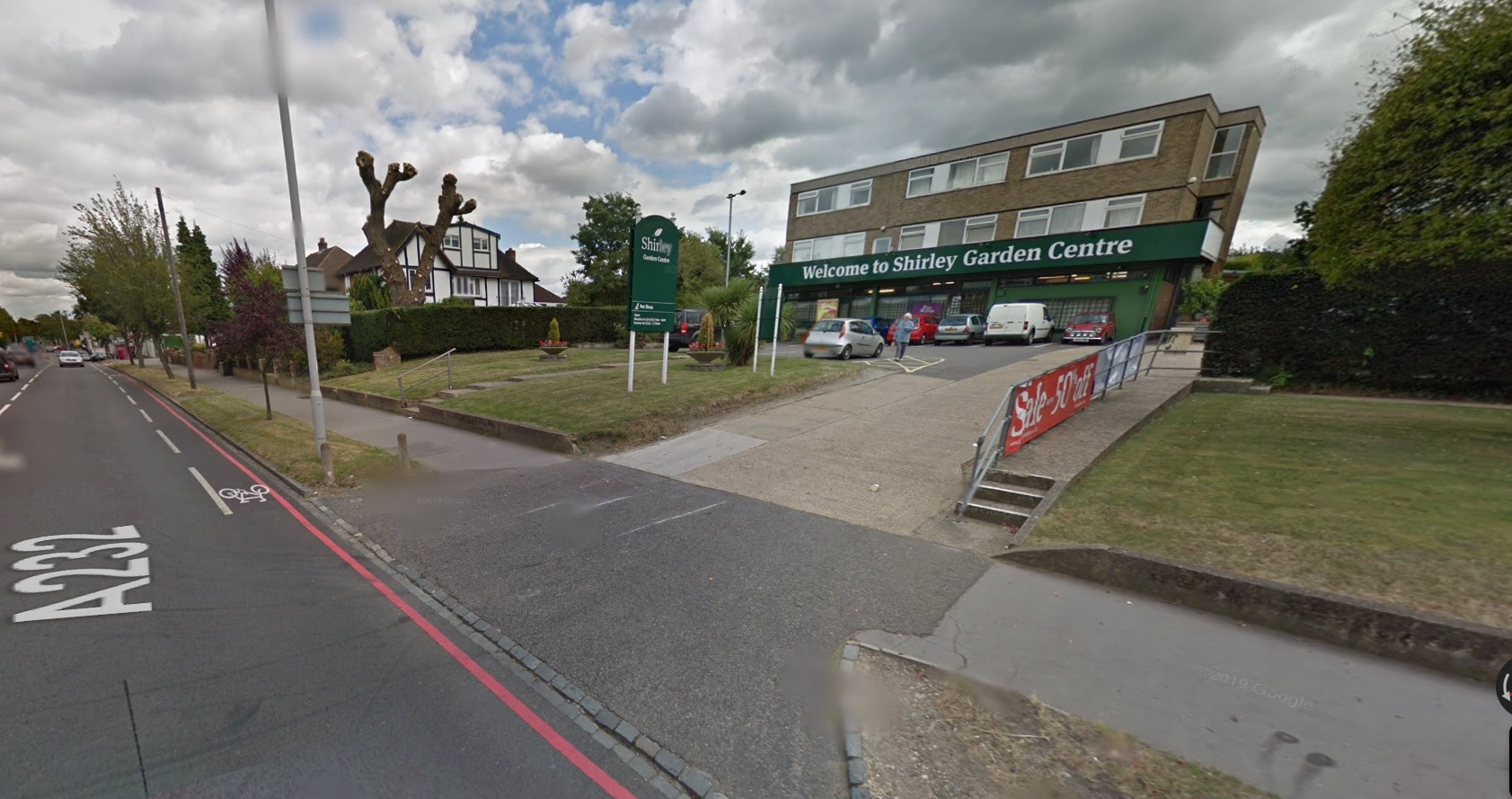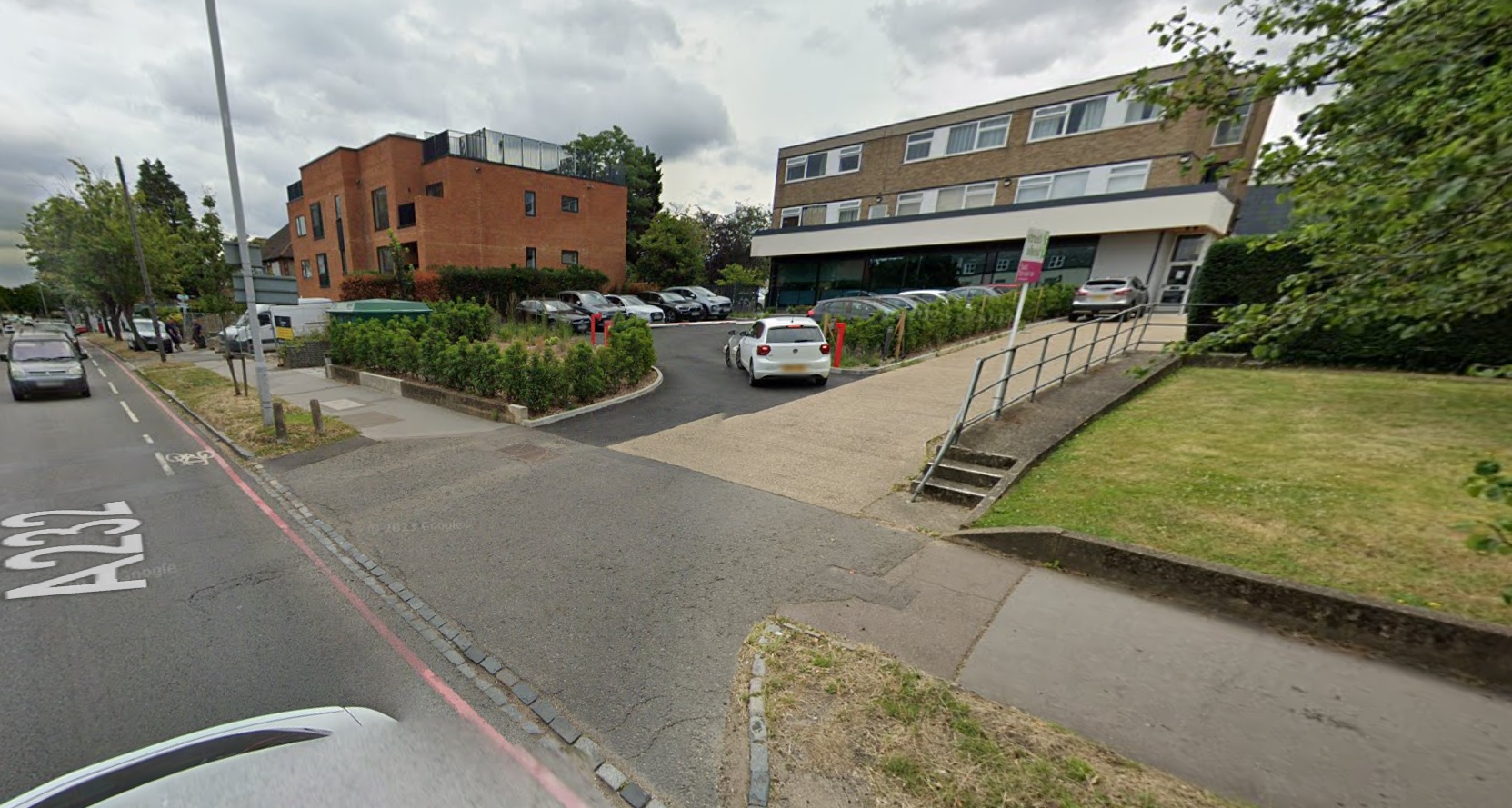Shirley Road in the 1930s and in 2023
A Glimpse of Shirley’s Past
 By Joan Pring
By Joan Pring
safety@mo-ra.co
21 December, 2023
I
n celebrating MORA’s centenary I had hoped that the St. John’s Parish Church of Shirley magazines, kept within Croydon’s Archives, would provide me with a personal picture of Shirley and those who lived here around the year of 1923 when our residents’ association was formed, as they had proved invaluable when I researched the history of what was once the Working Men’s Club/Village Hall (which also housed Shirley’s first public library) on the Wickham Road. This wasn’t, after all to be, as the magazines for that particular era and the years immediately before and after are missing. However, some of those which do still exist did reveal certain aspects of life at other various times during the 1900s, a few years prior and soon after the 1920s in particular, with some revealing the deep foreboding of the people of Shirley during the time shortly before WW1 and WW2 and their apprehension as to what the future would hold.
Following great political unrest in Europe, the final straw was with Germany declaring war on Russia and France respectively on 1st and 3rd of August 1914. Britain’s fears of Germany’s domination of Europe and the latter’s violation of Belgium neutrality resulted in Britain declaring war on Germany on 4th August 1914.
The local population was very quickly encouraged to ‘do their bit’ in any way they could, the vicar of St. John’s himself pleading for people to do the same as others throughout the country in getting together to provide ‘garments and comforts for our soldiers and sailors’.
Great emphasis was also given on assisting the Belgium refugees who, driven from their homes and country had sought help here. In order to assist in the co-ordination and distribution of donations from the various local appeals, a ‘War Supplies Clearing House was set up as a central depot at 110 George Street, Croydon with boy scouts also playing a part by collecting from around the area and delivering to Croydon.
The ‘trench warfare’ conditions faced by those fighting at the front are difficult to imagine but a magazine of early 1915 contains two very poignant letters from local young men who were at the fore-front of engagement with the enemy which, though written over a hundred years ago, deserve to be read again now as they illustrate, to some extent, what these young men who were more often than not volunteers, faced and endured but, it appears, together with fortitude.
A Mrs. Pearce received the following from her son:
At last I’ve a chance to let you know that I am still alive. The Germans nearly killed me, but not quite. My troop fell into an ambush, with the result that nine were killed, eight injured, and the rest taken prisoners. My poor regiment! For myself, on the 24th August I was shot through the leg and through the arm. My arm is better but my leg will not be better till Christmas. The artery in the leg burst, so I had to undergo an operation, which, of course, threw me back in health. I shall be a prisoner as soon as I am better unless the Allies come this way.
I am not allowed to speak about the war, and very lucky to be able to write. I cannot write to anyone else, mother, because one letter only is allowed, so please tell them all, will you? You will be able to let me know all about home if you answer quickly, as one of the Red Cross Sisters is bringing the letters from Folkestone.
If the Allies arrive soon I may be in England for Christmas, as I am unable to do any fighting. There were six of us here, but the rest got better and were sent to Germany as prisoners.
Again, don’t worry, Mum, please. The war will soon be finished, and my time is up next July.
My time is up now, so I shall have to close. Just longing to see you once more, so goodbye, Mother dear (or au revoir) and God bless you.
With my best love to all at home,
Your loving and affectionate son, Will”
Will Pearce was subsequently removed to Germany as a prisoner of war but previous to his capture by the enemy the magazine says that he ‘so distinguished himself by his bravery, that he has been “specially mentioned” in one of the despatches’. Clearly, this young man had been through much more than he had relayed to his mother.
Another was from Ernest King who was wounded in the Battle of Ypres:
We decided to turn our heads inside, and while I was doing so a shell exploded overhead. I just got my feet where my head had been, when a rough piece of iron about an inch square tore open my boot. I felt nothing till my mate took it out of my heel with the point of a knife. We bound the wound up, and I crawled to a dressing station, the Germans firing all the time and shells dropping round. Just as the bandaging was finished shells began to fall on the building. I left without boots or socks as mine were in the part that was blown in. I crawled and hopped four miles after finding my way out of the wood, and at last found myself in Ypres”
This had been written whilst Ernest King was in a Manchester convalescent home so he’d been fortunate enough to be invalided home through our own military lines and avoid capture.
The Glade in the 1920s and 2023
The magazine of the end of 1890 tells us that the population of Shirley was 640 and the number of houses around 130 but by the early 1920s Shirley had become an extremely desirable place to live with the population considerably increasing and the number of houses likewise, seeing first mostly the development of the Spring Park area followed by Monks Orchard.
With this growth, local committees and associations came into being with the sole purpose of giving as much assistance as they could to local residents in whatever way they were able, from liaising with the local authority to fundraising for other more personal needs of the time and, of course, not the least was the East Ward and Electors’ Association which, following the ward boundary changes in the 1970s, finally became Monks Orchard Residents’ Association in 1977.
Thomas Butcher’s Rose Nursery in 1930, the Garden Centre in 2012 and current image in 2023
Into the 1930s when, in 1937, the Croydon area faced the catastrophic outbreak of typhoid. Well over three hundred people were struck down with 43 fatalities. The source of the outbreak was finally traced to the Addington (or Shirley) Hills well. Subsequently, very shortly after, the Parish Magazines, once again, reveal the fears of yet another war, although even as late as April 1939 the hope was expressed that it would be averted. However, with Britain’s ultimatum to Germany to withdraw its troops from Poland failing, Prime Minister Neville Chamberlain announced on September 3rd that we were once again at war with Germany.
As before, attention everywhere was turned to assisting the war effort and to helping those in need. Our Association did everything they could to help local people in whichever way they could, even to the extent of providing shoes for a needy child, meeting together as and when they were able, on occasion being interrupted by an air raid!
So much is owed to our predecessors for keeping going as they did in those extreme times in order that we are able to celebrate our hundred years today.

Post Script:
Unexpectedly I found, tucked in amongst the Magazines, a newspaper cutting from the Daily Mirror newspaper of sometime in 1920, showing this picture of William Wilks in what I can only think is his garden at ‘The Wilderness’, a picture I’ve never seen before. After 33 years as vicar of St. John’s he retired from office on 7th October 1912, passing away on 2nd March 1923.
Read more about Rev. Wilks and his connection with Shirley in our story: Working Men’s Club.
| Celebrating The Queen’s Diamond Jubilee in Shirley > |

